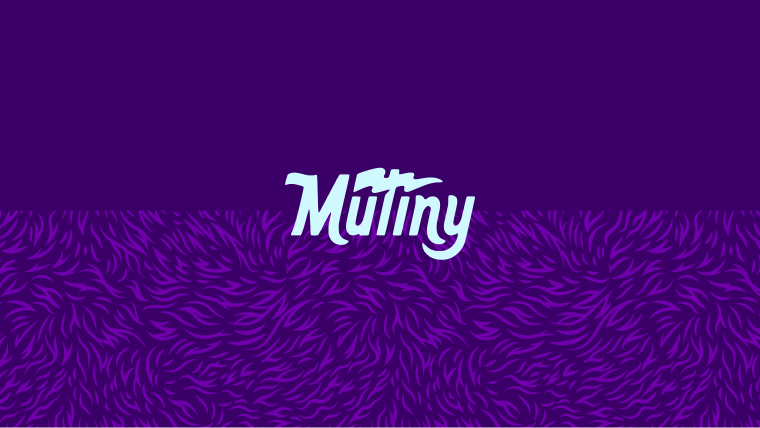- Product
- Content
- Customers
- Company
Want to get started?
See why companies like Qualtrics, Snowflake, and Amplitude use Mutiny to hit their pipeline goals.
1:1 ABM personalization made easy
See how ABM teams use Mutiny to engage target accounts at scale.
This is the fifth post in a series on how to do ABM During Covid. You can explore the previous posts below.
Or, you can always download our guide ‘10 Strategies to save your ABM program during Covid’, and browse all the strategies at your leisure.
Over the course of the series so far, we’ve covered ABM strategies ranging from aligning sales and marketing to creating personalized ROI for target accounts. And now we’ll introduce you to how Radar took an initial investment in data and quickly developed a robust ABM program centered around self-sustaining personalization.
Radar is a location data company that helps businesses of all sizes create location-based app experiences. For example, a dating app might use Radar to show matches nearby or an airline might use Radar to know when a traveler arrives at the airport and prompt them to open their boarding pass. With many potential use cases across lots of different verticals, it’s important for Radar to understand how their product maps to personas and verticals. It’s what enables them to create messaging that surfaces the right use case to the right person at the right time.
According to Ryan Narod, Radar’s Head of Marketing, that’s what good marketing is all about––”understanding your buyers or users and explaining your product in a way that caters to their specific pain points.”
But with so many potential use cases and data sources, how does Radar identify the data characteristics that are relevant and useful to their marketing efforts? As a business that sells into companies with mobile apps, they first needed to get a clear picture of their customers and target accounts, which meant having a broad understanding of the mobile landscape. So, they invested in databases like MightySignal that aggregate all mobile apps and publishers.
Ryan continues, “We looked to see what are the top thousand apps in the App Store. Those are the apps we want Radar installed in. And then who makes those apps?”
Each individual app was much less important than the overall account, meaning if a company like Disney has 50 different apps, Radar was only storing a single instance of “Disney” in their CRM. Using this strategy, Radar was able to build an account list of about 700 companies.
The next step was to invest resources in gathering a depth of data around each account. If that sounds daunting, your spirits might be buoyed knowing that Radar used their SDRs to help build out 3 more data points for each account: the app icon, a custom push notification the account might use for the app, and to which vertical the app belonged. You also might be happy to know that to go from initial investment to functional list of target accounts only took about three weeks.
In addition to verticals, Radar layered in three personas based on job role, which allowed them to create rich, nuanced personalized experiences.
Ryan continues, “we have all that clean data around personas and we've given them a hierarchy. So our messaging differs based on the value that Radar provides. If we're talking to a technical person, it’s about ‘build versus buy’ and the opportunity cost for your team of building this yourself. Or if it's a marketing person, we focus on increasing engagement, increasing revenue. And if it's a product team we typically focus on unlocking a new experience for them.”
This early investment in data and understanding customer needs means that Radar has a self-sustaining personalization engine. They’re able to personalize without the on-going effort it would typically take.
With all of their account data stored in Salesforce, Radar uses Mutiny to generate personalized pages for each account at scale. SDRs then send emails to target accounts including screenshots of the personalized landing page and a link to the landing page. This alone is so effective that a single SDR is booking as many as forty enterprise meetings a month.
And the results of using all this data to reach specific insights and create personalized experiences around specific moments?
“I came in with us not having done any marketing, and now we're bringing in 70 percent of new pipeline.”
With a 3 week investment in data and using Mutiny to employ that data at scale, Radar provides a customized experience to each target account in both their inbound and outbound channels. And that’s what makes their map such a powerful one to follow.
Mutiny Team
Share this Post
Learn to drive more pipeline
Curated resources to accelerate your career
Learn how top B2B marketers are driving pipeline and revenue.






